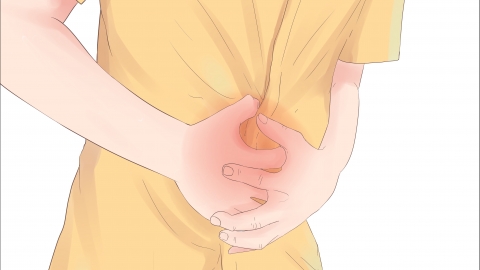Does intestinal obstruction have complications?
In general, if left untreated, intestinal obstruction can rapidly progress to life-threatening multi-system complications, including bowel necrosis, perforation, peritonitis, electrolyte imbalances, and sepsis. A detailed analysis is as follows:

When the intestinal lumen is obstructed by adhesions, volvulus, or tumors, increased intraluminal pressure impairs venous return, followed by arterial ischemia. Transmural necrosis may develop within hours. If the necrotic segment ruptures, intestinal contents enter the free peritoneal cavity, where bacteria and digestive enzymes jointly irritate the peritoneum, triggering diffuse peritonitis. Patients typically present with board-like rigidity of the abdomen, high fever, and a sharp rise in white blood cell count.
Frequent vomiting and fluid sequestration into the third space lead to concurrent losses of potassium, sodium, and chloride. Hypokalemia may induce arrhythmias, while metabolic alkalosis exacerbates disturbances in consciousness. Once bacterial toxins enter the bloodstream, they trigger systemic inflammatory response syndrome (SIRS), which may progress to septic shock.
The core treatment strategy involves decompression, anti-infective therapy, correction of internal homeostasis, and resection of necrotic bowel segments. Upon hospitalization, patients are immediately placed on nothing-by-mouth (NPO) status and undergo continuous nasogastric decompression, along with intravenous administration of crystalloids and electrolytes. Empirical antibiotic therapy with a third-generation cephalosporin combined with a nitroimidazole agent is initiated to cover common enteric flora. If CT imaging reveals pneumatosis intestinalis or free air, emergency surgery is required, involving procedures such as adhesiolysis, bowel resection with anastomosis, or ostomy creation.
After discharge, patients should follow the principle of "small, frequent meals with gradually increasing low-residue diet." High-fiber and gas-producing foods should be avoided for at least four weeks postoperatively. Symptoms such as abdominal distension, bowel movements, and body temperature should be closely monitored. Immediate medical reevaluation is necessary if persistent abdominal pain, vomiting, or cessation of flatus and bowel movements occur, to prevent recurrence and delayed complications.









